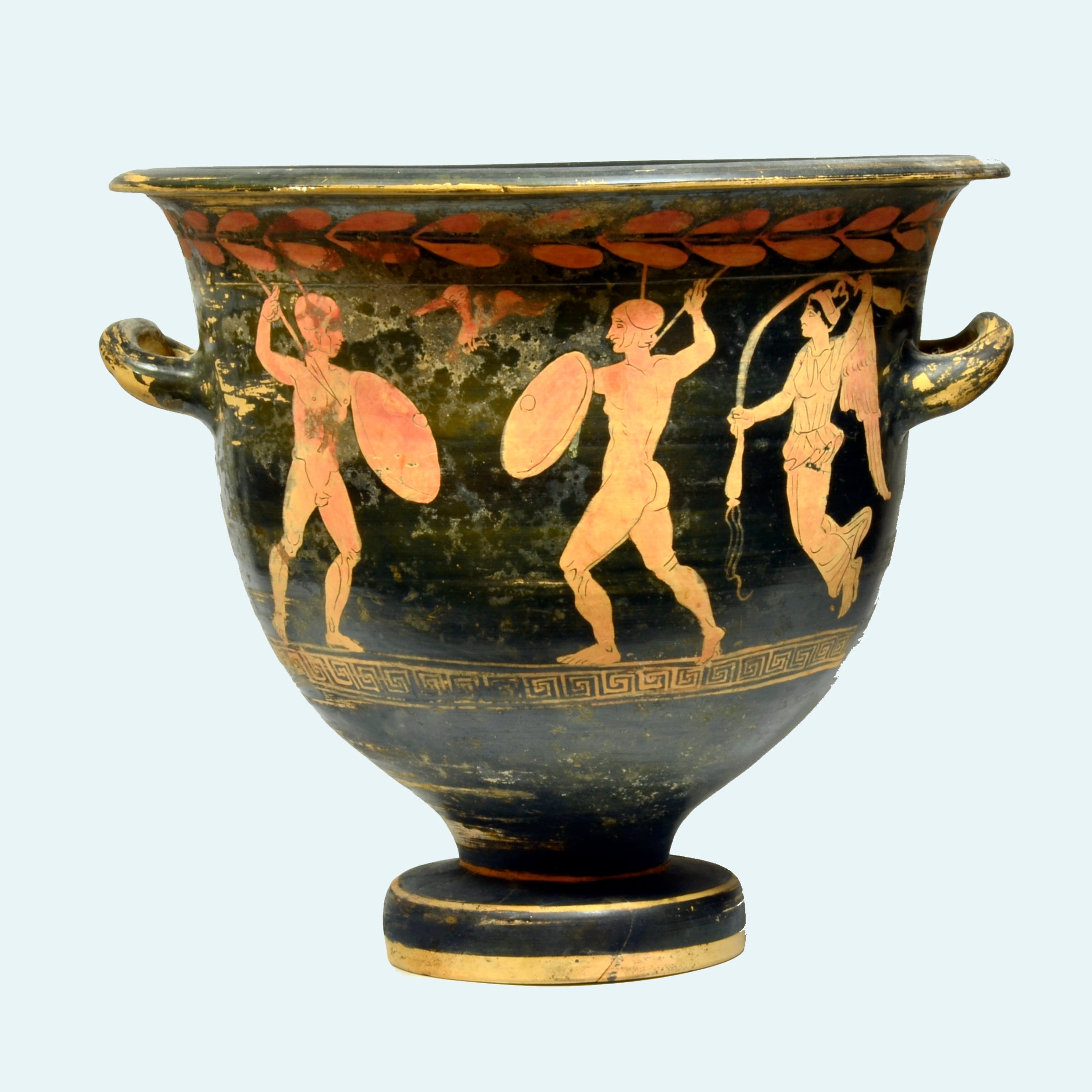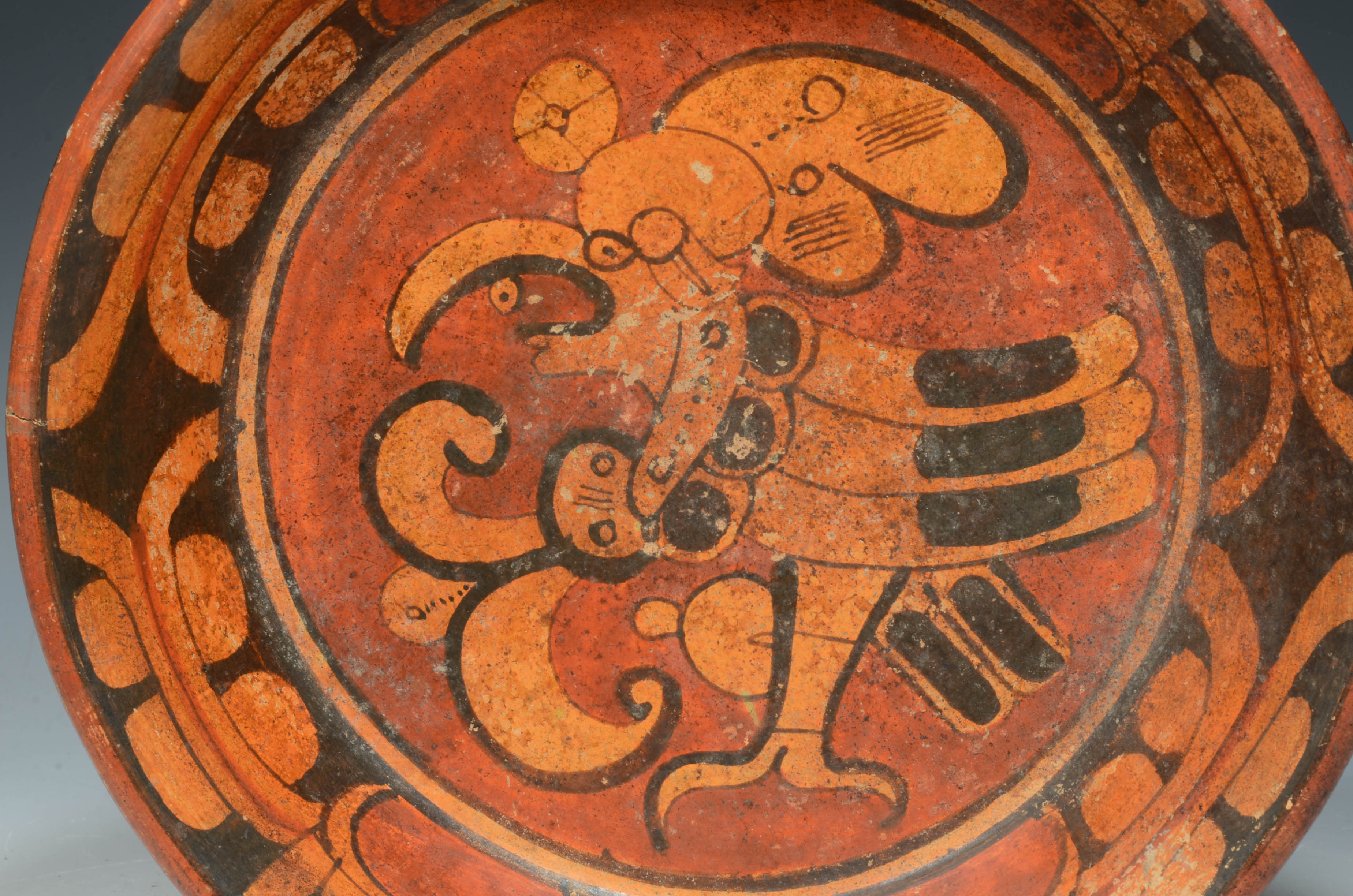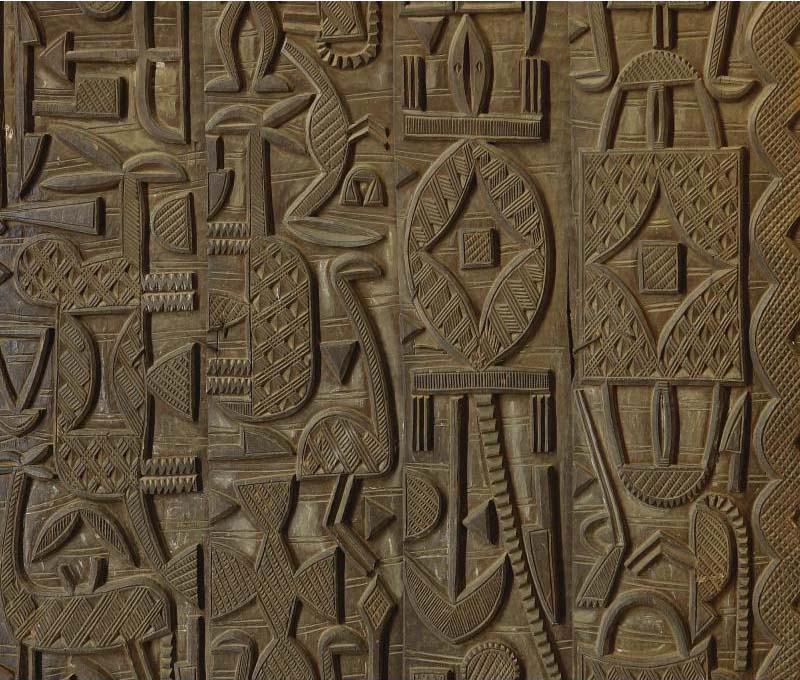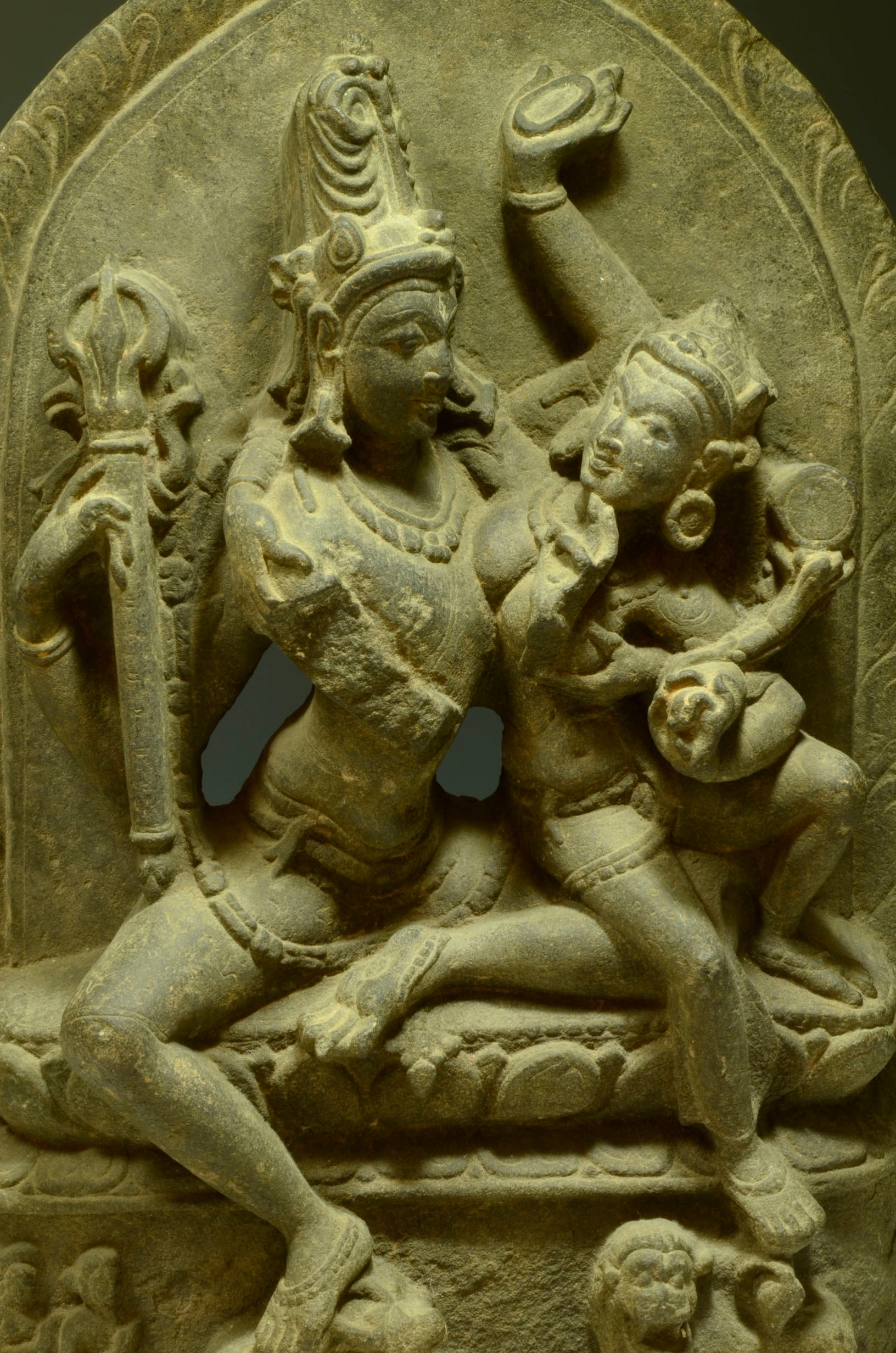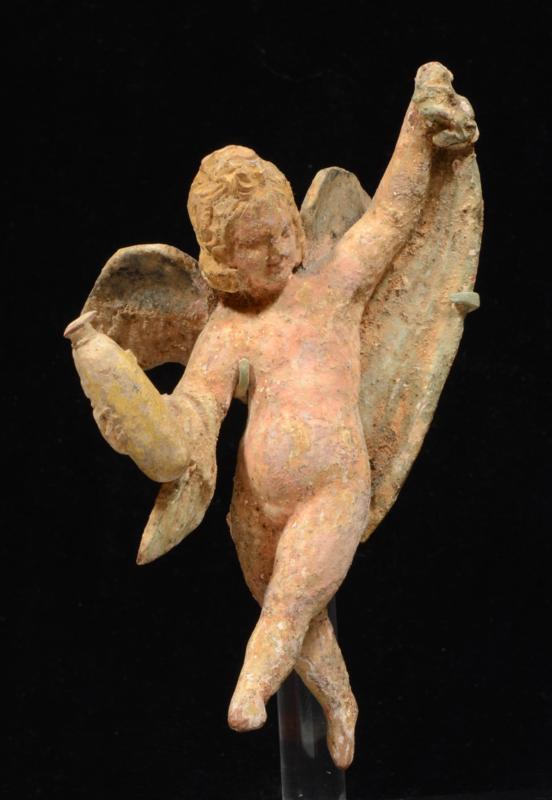The Six Pillars of A Successful Art Appraisal

ART HISTORY EDUCATION
A good art appraiser will have an excellent background, including a genuine passion for art and art history, years of study, and lengthy experience in the field. This describes Art for Eternity, LLC. Howard Nowes, the Director, has a BA in Art History from Skidmore College, specializing in ancient and ethnographic art, and Leah Montalto has an MFA from Rhode Island School of Design with a minor in contemporary art history. Both have extensive experience as appraisers working with private collectors, museums, estate executors and attorneys.
ACCESS TO THE WORLD’S BEST KNOWLEDGE BASES
At Art for Eternity’s Upper East Side location, we have an in-house archive that contains over 5,000 titles, including books and catalogs of artwork from around the world. We also subscribe to a variety of private online academic journals, as well as private industry market research databases for prices realized.
YEARS OF REAL-WORLD MARKET EXPERIENCE
Howard Nowes has been in business appraising ancient and ethnographic art for 30 years, and has worked as a consultant to major private firms such as Sotheby’s, and cultural institutions such as The Metropolitan Museum of Art. Leah Montalto has worked in the private sector of the contemporary art world for 10 years, including as an archivist for a major private collector identifying and archiving works by contemporary Japanese artists such as Takashi Murakami and Yoshimoto Nara. She has also taught contemporary art and art history courses at the University of Connecticut and Sarah Lawrence College.
SCIENTIFIC TESTING
It is sometimes necessary to use scientific methods when authenticity is in question. We use one of the leading independent international scientific institutes, (Science for Art and Cultural Heritage) to carry out carbon dating and thermoluminescence (TL) testing. These processes help us to determine the age of art objects, which in turn help us verify authenticity. Carbon dating is used on objects made of organic materials, such as wood or bone. The process is interesting: all living things react with carbon in the atmosphere. As soon as an organism dies, it stops taking on new carbon-14 and the carbon-14 it contains starts to decay. By looking at the ratio of carbon-12 to carbon-14, it is possible to determine the age of a formerly living thing fairly precisely. TL testing is used for testing the age of ceramic objects. TL testing measures the accumulated radiation dose of an object, which in turn tells us its approximate age.
PROVENANCE
Many times an art object will come with documentation of its collection. We'll do our homework to understand and verify the information in these documents, and trace the art object back to its original roots. If an object does not have documentation we do our diligence to verify that the modern provenance is believable.
NATURAL-BORN OBSESSION WITH COMPOSITION AND DETAIL
We admit to being major art geeks who’ve been obsessed with composition and detail in fine art for as long as we can remember. Every time period, culture, and individual artist has visual characteristics and flourishes that are rare and unique. We naturally and immediately notice details that a normal person might overlook. When combined with our education and knowledge base, this is a powerful tool. We’ll be able to give you a concrete explanation of how an object’s composition directly relates to its authenticity and value, and back it up with similar visual examples from our research.


